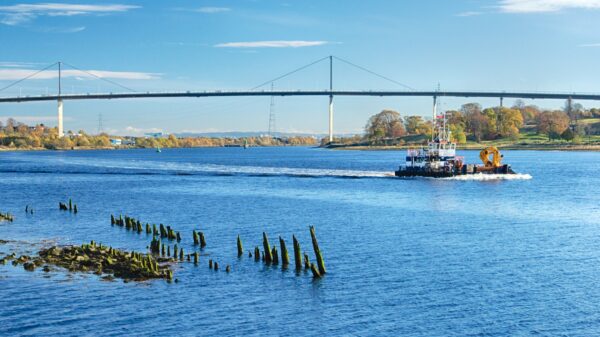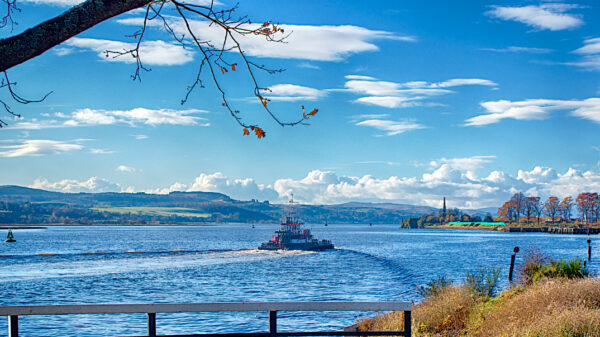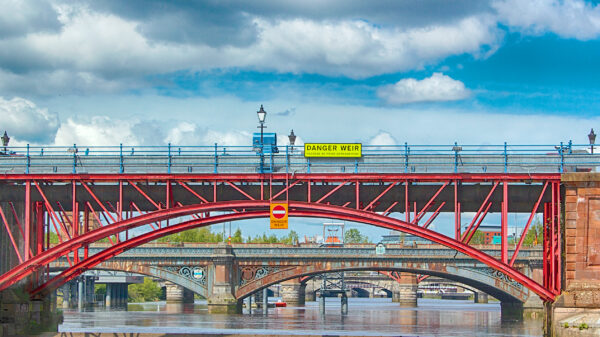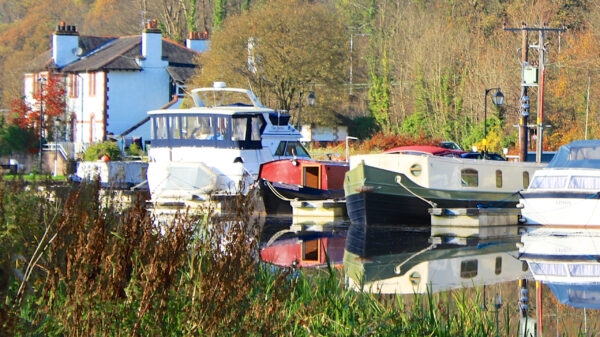River Clyde Navigation Tips
Boats can be craned in for Bowling, into the River Clyde, which involves a 5-mile tidal passage – either up or down the River. The two boatyards with travelling hoists on the Clyde are River Clyde Boatyard Rothesay Dock, Clydebank, which can be contacted at (0141 941 3366; www.clydeboatyard.com) and who have a 75-tonne travelling hoist, or Sandpoint Marina Ltd Dumbarton (01389 762396; www.sandpoint-marina.co.uk) who have a 40-tonne travelling hoist and an 85-tonne launching trailer.
There are Scottish Canals craning pads on both the Forth & Clyde and Union Canals but the cost of using them is generally prohibitive. Before even hiring in a mobile crane (expensive) you will have to commission various Scottish Canals ‘statements’ that are in themselves very costly to complete.
Cranage costs at both Clydebank and Dumbarton are currently (2023 prices) between £350 and £600 dependant on size of vessel. Clydebank tends to be marginally cheaper.





